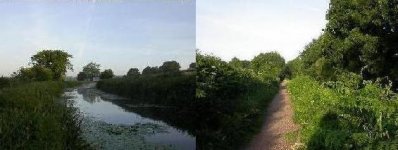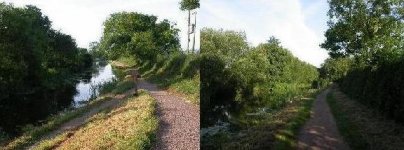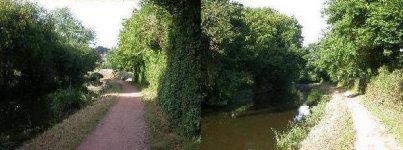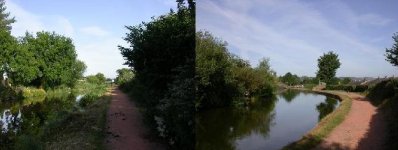Andrew
wibble wibble
I perform a Wetland Bird Survey once a month and consider this to be my ‘local patch’. The Wetland Bird Survey is run by the WWT with support from the BTO, RSPB and the Joint Nature Conservation Committee. I walk through four sections of the Grand Western Canal in Devon starting at Greenway in Halberton and finishing at The Basin in Tiverton. The aim is to count the number of water birds using the canal. The birds I usually come across are Grey Herons, Mallards, Common Moorhen, Eurasian Coots, Mute Swans, Canada Geese, Common Kingfishers, Herring Gulls. I have only just begun this survey this year and not experienced the winter birds yet so there is the outside chance of a Eurasian Teal, Eurasian Wigeon or Common Pochard. I do count all the birds I see but they do not go forward to the WWT as they are only concerned with the Water Birds. I count all birds as it is a habit and these results go forward to the County Recorder at the end of each month with my other sightings. The other purpose of counting all birds is that I like to have a total for each month and will use these as targets to try and beat each time I go out. The canal is on average twelve metres wide and my stretch is approximately seven and a half kilometres long making for a surface area of 90,000 square metres. It may sound like a large area but there is not a great variety of birds to be seen. The water birds only come from the canal itself and surrounding fields, any flying over and obviously using the canal are counted too. Young chicks and ducklings are only counted if they have become independent and are over two thirds adult size with well developed wings. I cover the first four sections in reverse as a colleague will count the other section away from mine starting at the same time to ensure consistency. My sections shall be broken down into their own below. .
Last edited:








